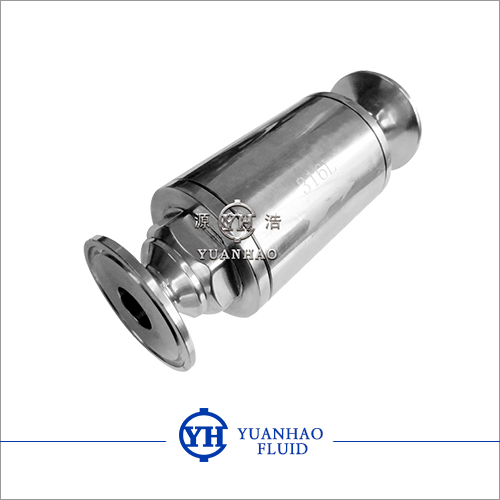
Sanitary clamp trap valves steam system condensate, air and carbon dioxide gas emissions as soon as possible, at the same time to maximize the automatic prevention of steam leakage.
Steam traps, installed between steam heating equipment and condensate return headers. Open, the barrel at the bottom, the valve fully open. Condensate into the trap, the flow to the bottom of the bucket, filled with the valve body, all immersed in the barrel, and then, condensate through the fully open valve to the backwater header. Steam also enters the trap from the bottom of the barrel, occupying the top of the barrel and creating buoyancy. Slowly rise the barrel body, and gradually move the lever toward the seat until the valve is completely closed. Air and carbon dioxide gas pass through the barrel vent holes and collect at the top of the trap. The steam exhausted from the vent will condense due to heat dissipation from the trap. When the incoming condensate begins to fill the barrel, the barrel begins to exert a pulling force on the lever. As the condensate level continues to rise, the resulting force increases until it overcomes the pressure differential and opens the valve. Trap valve begins to open, the role of pressure on the valve will be reduced. The barrel will rapidly drop so that the valve is fully open. The non-condensable gas accumulated at the top of the trap is discharged first, and then the condensed water is discharged. When the water flows out of the barrel body, the dirt flows out ofthe trap together. While the condensate is being discharged, steam begins to re-enter the trap and a new cycle begins again